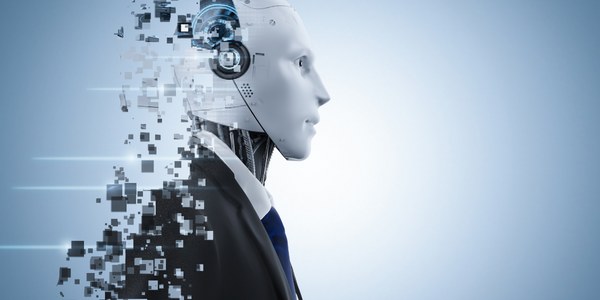QBurst worked on a two-pronged approach— improve the accuracy of robots at the production site and calibrate the robots upon receipt by end-users.
At the production site, the robots are tested to identify deviations in preset outputs such as turning angle, motor speed, and rate of ball play. The input variables are fine-tuned to achieve the desired values within the defined tolerance limits of the robot. The factory environment allows for a detailed capture of output variables such as motor RPM and fine-tuning of the input parameters such as motor voltages. The fine-tuned values are stored in the backend and used when the robot is in the field with the users. This is achieved via the mobile app that controls the robot.
Once the robot reaches the users, it can be calibrated by an easy-touse mobile application that manages multiple combinations of ball play. The calibration also includes options for fine adjustments, a feature that can be used to correct deviations that may occur due to prolonged use.
The key component of the user calibration mechanism is the machine characteristics of the robot which are coded in terms of mathematical equations. The machine characteristics are meticulously derived using an AI-driven approach and it forms the backbone of the calibration process. Deviations in the robot’s output variables are compared with the expected values from the machine characteristics. Reverse mapping is done to apply the necessary corrections.
Read More




